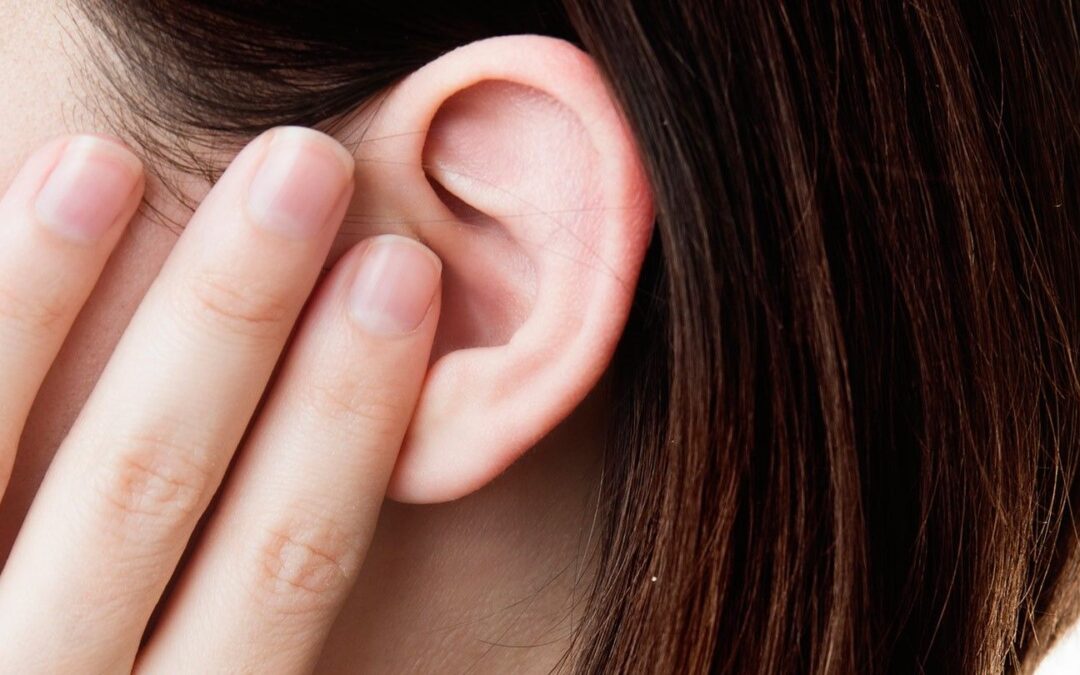In adulthood, most people think that they won’t have to deal with ear infections anymore. They think ear infections are something that mainly affects kids because their eustachian tubes are more horizontal and are not able to drain as well as an adult’s more vertical tubes. Well, sadly, ear infections can creep up on anyone at any age.
Let’s explore the three types of ear infections:
- Outer
- Middle
- Inner
Outer Ear Infection
This is an infection of the ear canal. Sometimes this infection is called swimmer’s ear because this infection can be cause by being emersed and swimming in contaminated water. But this infection can also occur by introducing any germ to your ear canal. For example, let’s say you stuck something in your ear canal to scratch it even though you should never put anything smaller than your elbow in your ear. While scratching with the object you cause a little cut in the skin. Germs just love moist places where they can grow and since your ear is a moist environment, germs introduced here can cause an infection.
With an outer ear infection, symptoms can include pain, irritation, itchiness, and peeling skin. This infection can also cause your ear canal to swell shut. The best way to avoid this type of infection is to keep your ears as dry as you can after swimming or showing and to never stick anything smaller than your elbow in your ear.
Middle Ear Infections
This is the infection most people think of when they hear “ear infection”. A middle ear infection occurs behind the tympanic membrane (ear drum) but in front of the membrane that covers the entrance to the cochlea and involves the eustachian tube. The eustachian tube runs from the middle ear to the throat and its main job is to equalize the pressure in the middle ear.
Normally, fluid drains from the middle ear through the tube to the throat where it is just swallowed. But when you have a middle ear infection, germs that have entered the eustachian tube can cause swelling and a build up of mucus that prevents the fluid from draining properly.
With a middle ear infection, symptoms can include pain, drainage from the ear, hearing loss and a fever. This infection can occur because of an upper respiratory infection, the side effects of a cold or because of allergies.
Inner Ear Infection
Being considerably less common to occur versus an outer or middle ear infection, an inner ear infection can be classified into one of two infections: labyrinthitis and vestibular neuritis.
Labyrinthitis affects the labyrinth (the system of fluid fill sacs that help a person hear and gives a person a sense of balance). Labyrinthitis can cause dizziness and hearing loss.
Vestibular neuritis affects the vestibular nerve and can cause dizziness, balance issues, nausea, and vomiting but not hearing loss.
Both types of inner ear infections are more likely to be caused by a virus verses a bacterial infection like the outer ear infection and middle ear infection. Because there is not a diagnostic test to pinpoint an inner ear infection, it can go misdiagnosed.
With any type of ear infection, it is best to see your physician for diagnosis and treatment so permanent damage to your ear, hearing, or vestibular system can be avoided.


